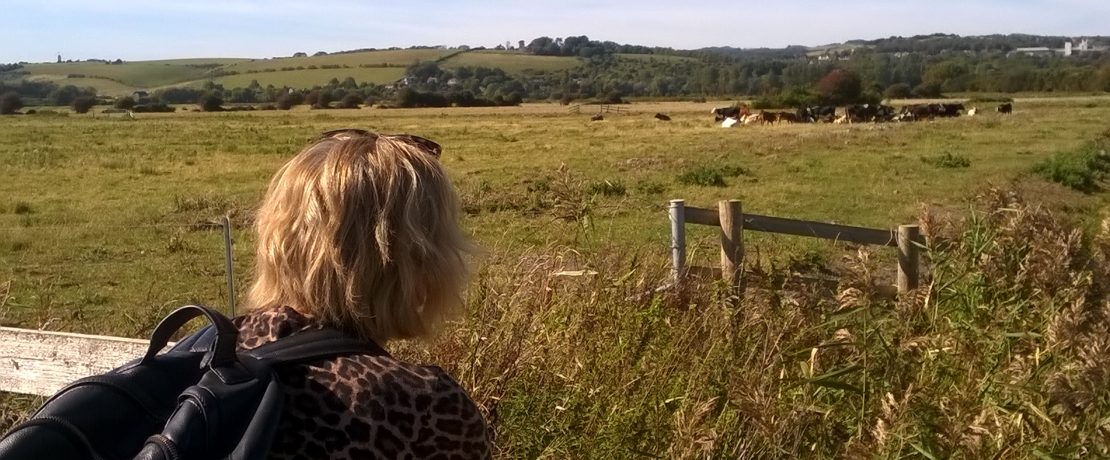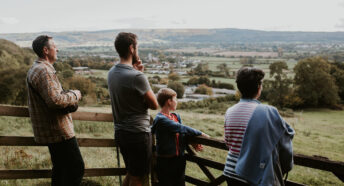Keep your landscape special
I think that I was always meant to work for a countryside charity such as CPRE … my grandparents met at a Youth Hostel Association walking group in the late 1940s and I, in turn, was carted off on adventures in the British countryside.
I saw from a young age how beautiful, varied and distinctive the landscapes of England, Wales and Scotland are. Memories of long walks between youth hostels, swimming in rivers, marvelling at mountains and waterfalls, eating our packed lunch in a sheep hut due to a sudden shower, such a sense of freedom … all experiences that have shaped who I am today.
But it wasn’t only the big adventures that gave me the landscape bug; it was the also the everyday landscapes that were close to where I lived. My Grandad’s house was opposite fields (which I now know to be Green Belt), as was my school, and it gave it a very rural character even though it’s a residential area not far from shops and a busy main road. Every Christmas morning, riders from the nearby stables would ride by on their horses wearing Santa hats! It was a really special place and the greenness gave it its local character.
Time passes, as so often does the ownership of land, and there is now a local campaign group set up by residents who are worried about the future of those green fields and whether any potential development would destroy the unique local character of the area. So what can people do if they are concerned about the future of their local landscape?
CPRE has long been a supporter of neighbourhood planning, which is still a relatively new idea, introduced by government in 2011. Now, more than 2,000 communities, representing around 9 million people across the country, are participating in neighbourhood planning. While local plans developed by councils lay out a vision of future development for a whole area, the needs of individual towns and villages within that area can vary. Taking part in developing a neighbourhood Plan helps people have a say in the future use of land and buildings in their neighbourhoods. But how can community groups capture what makes their local landscape special in that plan?
We have just published new guidance What’s Special to You: Landscape Issues in Your Neighbourhood Plan which offers advice to help community groups develop strong landscape policies in their Neighbourhood Plans. It will also be helpful for anyone who is interested in protecting what is special about their local landscape. The guidance includes a number of case studies from existing plans which range from conserving local landscape character, countryside features such as hedgerows, protecting dark skies and designating local green spaces that are valued by a community.
For example, the Tattenhall neighbourhood plan ‘respects the local character and historic and natural assets of the surrounding area’. Other case studies set out the importance of strategic gaps to prevent villages merging together. And the Wigginton Hopwas and Comberford neighbourhood plan cites the importance of hedgerows and trees to the character of the local landscape.
You can also include policies to protect dark skies in a neighbourhood plan. The CPRE guidance highlights Brighstone, on the Isle of Wight, where the neighbourhood plan has a tranquillity policy. Since that plan was developed, CPRE has published Night Blight maps – the most detailed ever of Britain’s night skies. We know of one neighbourhood planning group, West Horsley in Surrey, that has included their local maps as evidence for a dark sky policy in their plan. It was adopted in late 2018 (policy on pages 51-53) and enjoys great community support.
The moral of this story is that if you want to shape the future of your local landscape, then you have a tool to hand in neighbourhood planning. And do have a look at our guidance if you are. If not, you could look online to see if there is a community group already working on a plan in your area, or maybe you could bring your neighbours together to start the process of developing your own neighbourhood plan? I really do hope that CPRE’s guidance What’s Special to You inspires you to capture what’s so special about your local landscape.







